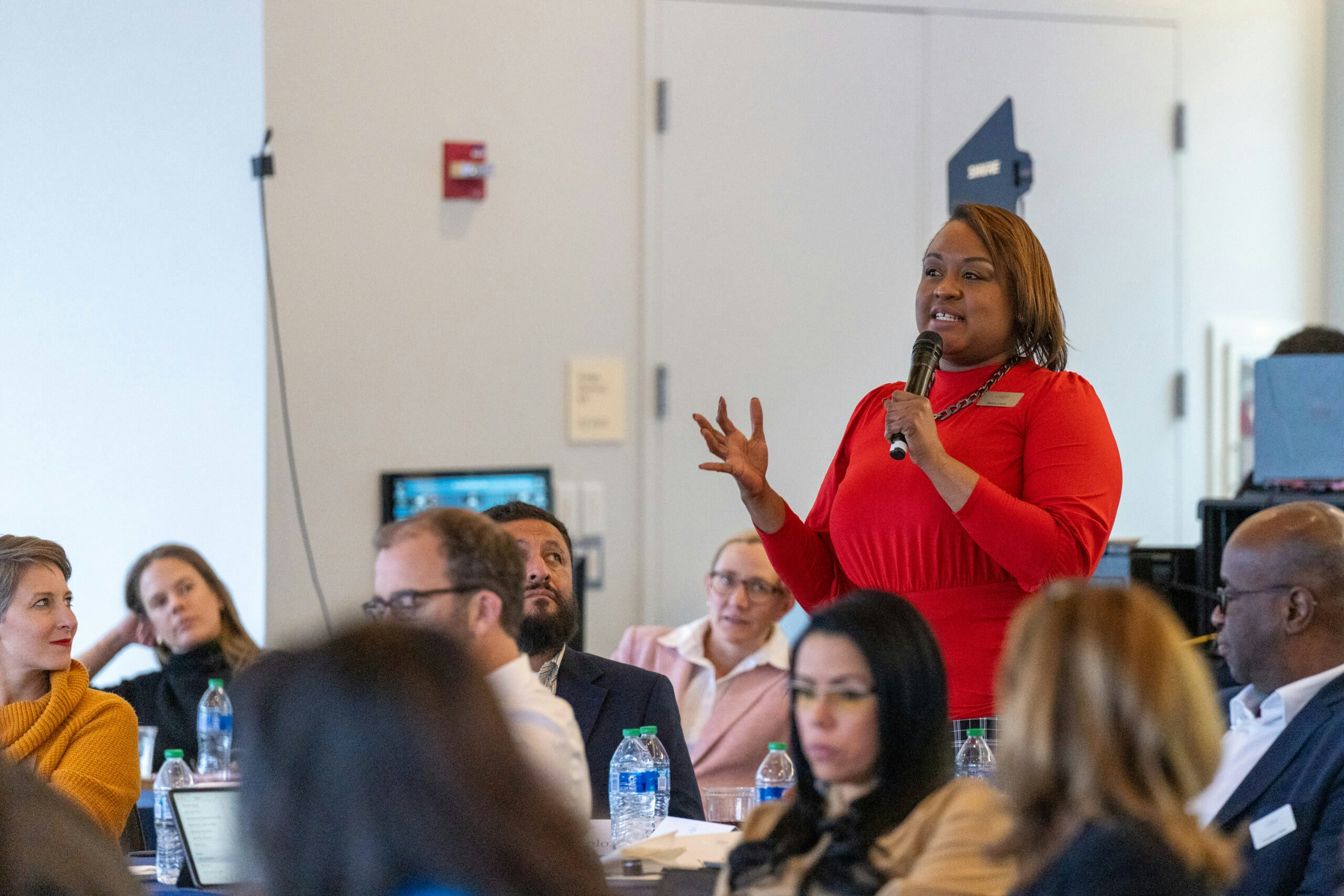Prioritizing time to support our children’s education during COVID-19 closures.
We can’t do it all. That much has become clear, if it wasn’t already. Managing our work and home lives is challenging enough in typical times; throw a pandemic into the mix, and it can be enough to tip the scales to “unmanageable,” even if we’re not on the front lines of response and support. (Let’s take a moment to honor – and consider the realities of – all those who are.)
As members of the PLS community, we should also take a moment to consider all the advantages and privileges we have as we encounter the daily realities of quarantines and closures. Some of us may be perceiving that, given all these advantages, we should somehow be able to do it all – that we must – especially when it comes to our children’s education. As a 22-year educator, I will tell you that we really can’t … and we shouldn’t. Becoming an effective teacher takes years of training, practice, and professional development, so there’s no point in pretending you’re going to become one overnight. Furthermore, teachers – whether in traditional schools, virtual schools, or home schools – spend weeks designing, internalizing, and preparing to implement each element of curriculum, time and expertise most of us working parents simply don’t have. The detrimental effects of the stress people may put on themselves and their children in an effort to replicate school in this new reality far outweigh any potential academic development those efforts might yield.
So, what to do? Obviously we want our children to keep learning for the duration of school closures, and we can make that happen in authentic, real-life, and largely stress-free ways. Whether your child’s school has sent out dozens of emails, directions, and links to online resources or they’re left to their own devices, here’s a simple way to think about how to prioritize time – and how to integrate daily learning – using Maslow’s hierarchy of needs.

1. Let’s start with the essentials: our kids’ physiological needs. The first things to plan for in whatever semblance of a daily schedule you can muster are meals and sleep. A well-nourished, well-rested child is much better able to cope with the wacky new realities we’re facing. Plus you can involve your child in deciding on menus, making shopping lists, following recipes, and preparing food together: life skills, food science, and math! When the going gets tough, the tough bake cookies.
We all need time for physical activity too. Dedicate time each day for movement and exercise. It doesn’t have to be anything fancy: do an online workout video if your child is so inclined, but you might find a game of tag or a kitchen dance party is even better. Being home together presents a unique opportunity to build healthy habits.
2. The best way to create a sense of safety and security is to establish and follow a basic schedule and set of routines each day. This will help you too as you try to navigate work calls, meeting deadlines, and not eating all the cookies you’ve baked. Allow for some flexibility, but stick to general times for things like daily chores and meals, and also plan consistent time for things you and your child enjoy, whether that’s a walk outside, a game of Scrabble, or watching a favorite show together. Predictability creates a sense of stability, and it gives kids the concrete knowledge that less enjoyable things will end, while ensuring they have specific activities to look forward to each day.
Academic work time and any school schedule requirements should be built into the daily plan, but they shouldn’t dominate. Organize schoolwork into time-bound chunks based on your child’s age and attention span: for younger kids, 15-20 minute blocks for a total of about 90 minutes per day; older kids can typically handle 45-60 minute stretches for up to 3 or 4 hours a day. This doesn’t need to be drudgery






























